Some teenagers get such severe attacks of acne that they take sick days from school. Is it possible that some adults get such severe attacks of acne that they take sick days from work?
Many think that with adulthood comes an automatic immunity from zits, however, this is not always the case. Adults can and often do suffer bouts with acne and usually, refusing to leave the house is often not an option.
Research shows that 35% of women in their 30’s, 26% of women in their 40’s and 15% in their fifties still battle with this evil scourge of humanity. Worse yet, reaching for the astringent might not be such a great idea for adults whose skin is significantly drier than it was over a decade ago.
So what causes these acne flareups in adults? Hopefully, we can find out, and save a few jobs while we’re at it. Here’s the low down on adult acne and what it means for the economy.
Teenage Acne Vs. Adult Acne
Although teenage acne may look worse on the surface, adult acne goes far deeper and is far more insidious. Amy Derik, MD of American Academy of Dermatology, explains, “In teens, you’ll see hundreds or thousands of tiny bumps, blackheads or whiteheads on the skin of the face, especially the forehead with occasional cysts on the back and neck. That’s because teenage skin tends to be a little stickier and they’re more likely than adults to get clogged pores.”
In the case of adults, on the other hand, the acne appears in deeper nodules along the bottom of the face where they are more difficult to drain. Welcome to adulting with acne.
Your Diet
Here are some words of acne wisdom: If you break out when you eat it, stop eating it. We still haven’t found significant evidence that chocolate, fried foods, caffeine, nuts or pizza cause breakouts, but if you’re waking up with acne every day after you eat them, you probably shouldn’t wait to find out.
One thing that is clear is the effect high GI foods can have on your skin. Foods with high glycemic indexes, like pasta, white bread, and desserts cause sugar levels to increase. When sugar levels increase, the oil secreted by your skin increases. This causes acne to form and already existing acne to worsen.
Another big one on the “foods to avoid” list is anything containing iodine. Iodine is found in lobster, crab, shrimp and some greens like kelp and spinach. It’s particularly evil because it builds up for weeks and months inside your system before it even starts to affect your skin. According to Dr. Neal Schultz, MD, “Enough of it can cause acne in everyone.”
Your Hormones
When you’ve got milk, you’ve got cow hormones. Even organic dairy without added hormones may still have natural hormones that can cause acne. Milk comes from pregnant cows, so when we drink milk we’re drinking cow hormones involved in cow reproduction (yuck). In fact when you’re drinking one glass of milk (added hormone free) your drinking 60 cow hormones. Kind of makes you want to eat your Oreos dry.
Dr. Luigi Naldi, MD, found that one of the reasons that adult acne affects more men than women is hormonal imbalances and changes in hormone levels. He likens it to women who break out before their menstrual periods or when beginning a birth control regimen. Adult acne can also be due to an underlying hormone disorder, PCOS is one of the most common.
Your Stress Levels
Stress may or may not be the root of all evil, but it’s certainly one of the roots of adult acne, especially in women.
According to dermatologist Neal Schultz, MD., ” When your stressed, you have an organ called the adrenal gland which makes the stress hormone cortisol and puts it in the body to deal stress.” It’s the testosterone that leaks out with it that causes the problem. For ladies, this is just the extra drive you need to drive up your acne breakouts.
Additionally, stressed women are less likely to practice self-care. That includes eating right, getting enough sleep and removing their make-up properly, all of which are known skin havoc wreakers.
Your Exposure to Pollution
If you go out for half an hour in the city, you’re bringing home a face full of pollution. Just try the tissue test and see. If you can’t stay inside, at least cleanse thoroughly as soon as you get home or take some facial wipes with you.
Are You Over-Cleansing?
And then, there are the over cleansers. Those who futilely try to get rid of their acne subjecting it to a series of deep cleaning techniques only to end up making matters worse. Says Dr. Rebecca Kazin, M.D, F.A.A.D., “Cleansing skin more than twice a day can dry your skin out, causing it to produce more oil to compensate.” She even cautions against Clarisonic, which she compares to “a twice a day microdermabrasion.” The bottom line for her, “Anything that rubs skin will, to an extent, promote acne.”
Your Bangs
While you’re trying part with your teenage acne how about parting your teenage hairdo? Bangs can make acne worse by bringing skin clogging hair care products right against your forehead leading to pomade acne ( yes there’s a name for it). Explains dermatologist Dr. Richard Fried, MD, PhD., “Styling products seep into the forehead which traps acne-causing bacteria in the pores.” When these clogged pores become inflamed, pus, redness and ultimately black and whiteheads form along the hairline. Don’t worry, you don’t to part with your bangs. A quick swipe with a facial cleanser should remove any zit-causing residue.
Your Skin Care Products
Tossing skin care products into the wrinkle cream graveyard may be doing harm to more than your wallet. The average women tries 5-10 new skin products every year. When products are swapped out or new ones are added without giving the old ones ample time to do their stuff, it presents a challenge to the skin. When active ingredients and preservatives are introduced to the skin, irritation occurs and breakouts can result. And the real shocker- even anti-acne products can cause pimples if you use too many.
How to Fight It
When you have adult acne, triggers can lurk everywhere, in the cleansers you buy, in the treatments you use, and even in your own cosmetics. Even cleaning your face can trigger acne if not done properly. It can be a veritable minefield! Luckily, we have a few dos and donts to keep you safe from a pimple explosion.
1) Cleansing Your Face
- Don’t wash your face more than twice a day.
- Use cool or warm water with a gentle cleanser.
- Use a baby washcloth ( less likely to irritate sensitive skin), your hands, or a cleaning brush for 30 seconds to create a lather and rinse.
- Pat your skin dry, rather than rubbing it.
2) Using Products that Help Curb Acne
– Cleansers
Cleansers are the go-to for washing away acne causing pollution, grime, dirt, and makeup. Good cleansers open up your pores so other skin products can penetrate more deeply. Choose gentle cleansers that won’t strip your skin of its natural oils.
– Over the Counter Lotions and Creams
Are you in the pimples meet wrinkles stage of adult acne? If so, retinol may be your solution to both. Known for its zit zapping abilities, as well as its rejuvenating abilities, retinol is commonly found in over the counter products. Look for anything containing sulfur for quick spot treatment. Use benzoyl peroxide with caution. It is an effective acne fighter but is also known to dry skin out.
– Cosmetics
While you don’t them to stay on your face while your sleeping, some cosmetics actually contain salicylic acid ( a known acne fighter). Make sure to look for non-comedogenic cosmetics (which won’t clog pores), or non-acnegenic products that don’t cause acne.
3) Try Prescription Medications
When hormones are involved, prescription medicine may be necessary. Birth control pills are commonly prescribed for adult acne control; you may also want to discuss prescription retinoids or antibiotic pills with your dermatologist.
Aldactone is the newest wonder drug on the block (originally prescribed for high blood pressure), although it takes three weeks to kick in. Isotretinoin is another option, but not for pregnant women.
4) Laser Treatment As a Last Resort
If you really want to zap those zits, laser treatment (a.k.a. light therapy or PDT) is one effective way to do it. Isolaz is a “photoneumanic treatment” that uses a suction cup to delve deep into your pores delivering a pulsed light treatment into the hair follicles. After enough of those, sebaceous glands begin to shrink and oil production, on the whole, is produced.
Although the treatment is good, be wary. While that suction cup is sucking the oil from your pores, the procedure can suck up a good deal of money from your pocket- as much as several hundred dollars a pop. However, it is a good option for those who don’t want to deal with pills and applying creams. It can also be helpful when dealing with uneven skin tone and brown spots.
Natural Remedies for Adult Acne
While many of us are very aggressive on our acne, (zit poppers, this means you), others of us like to take a kinder gentler approach. Here are some of the natural remedies you can use on your acne.
1) Tea Tree Oil
Tea tree oil is a great acne treatment because of its anti-inflammatory properties, which prevent swelling of pimples and reduce the redness. Its also antibacterial – and get this – researchers found that tea tree oil is just as effective as 5% benzoyl peroxide. Just be sure to dilute it in creams, lotions, gels, and essential oils. It’s way too strong on its own. Pop some in your purse for a handy on the spot treatment.
2) Jojoba Oil
Jojoba oil contains a bunch of substances with a wax-like consistency that help to repair damaged skin; hence its effectiveness as an anti-acne treatment. Jojoba oil is known for its ability to heal wounds – acne lesions included. Some speculate that the oil is so effective as an acne treatment because it signals the skin to balance itself. Combine it with a cream, gel or clay face mask for best results.
3) Aloe Vera
There’s not much aloe vera can’t do, so it’s not surprising that its effective against adult acne. The best way to use aloe vera to treat acne is by cleaning the acne sores first, and then applying a layer of a lotion, gel, or cream that has 10% aloe vera content. It won’t fade scars, but it can help to prevent acne from forming them.
4) Green Tea
Another superhero of natural ingredients is green tea. You know, that hip drink with all those polyphenol antioxidants called catechins?
Well, it turns out that green tea may also contain some ingredients that can reduce sebum production and inflammation. You can use green tea to treat acne either topically or by ingesting it. It can also works wonders for your immune system.
5) Coconut Oil
When your pores are full of oil, applying more oil may seem counterintuitive, but leaving your skin dry is a sure fire way of stripping it of all its natural oils. That causes the skin to compensate by producing an overload of oil, and the vicious cycle starts again.
Coconut oil is the perfect ingredient for intervention. It has antifungal and antibacterial properties which target pimples and its also easily absorbed by the skin, preventing excessive oil buildup.
.


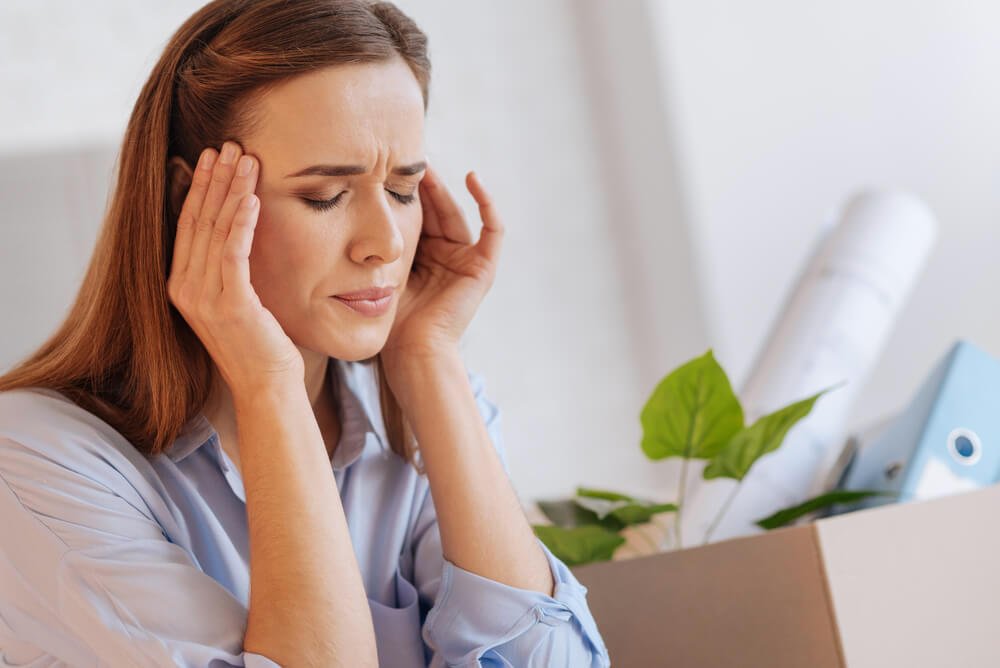
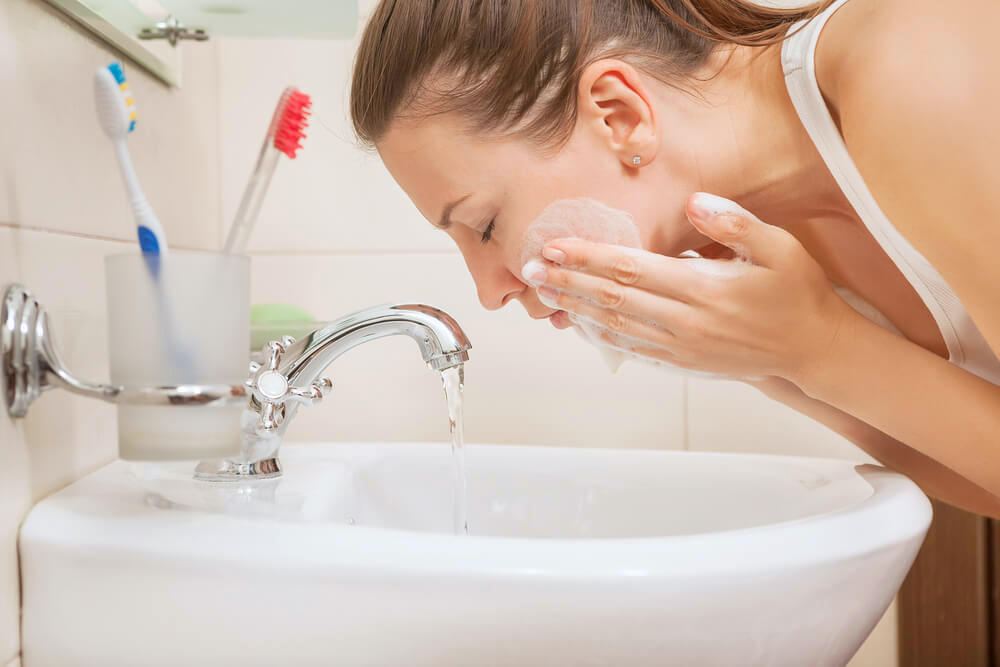

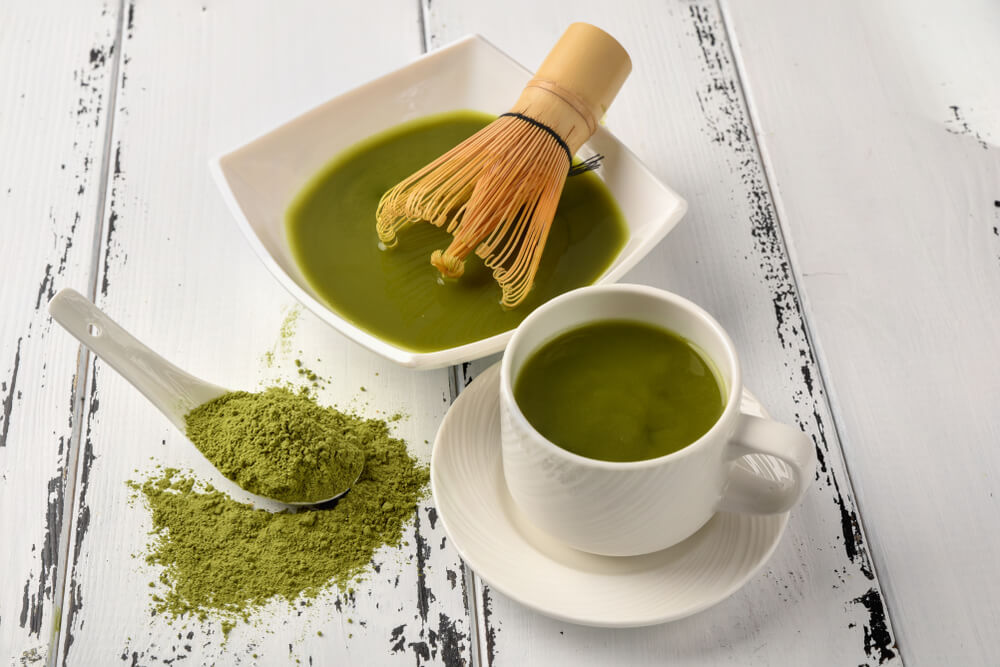
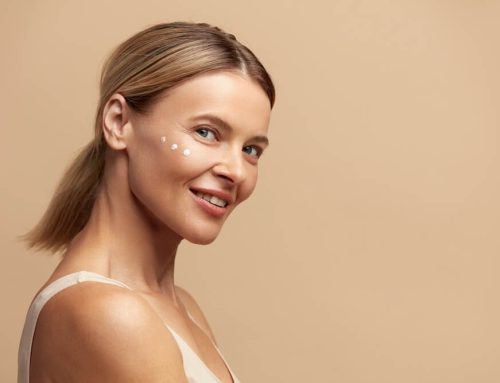

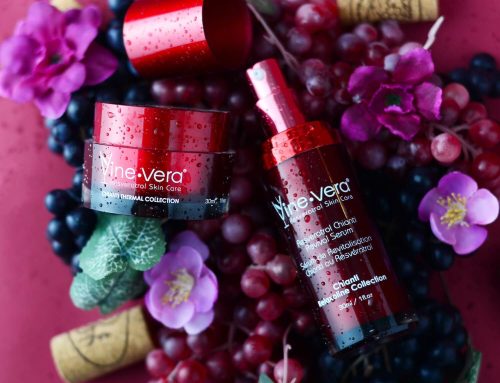
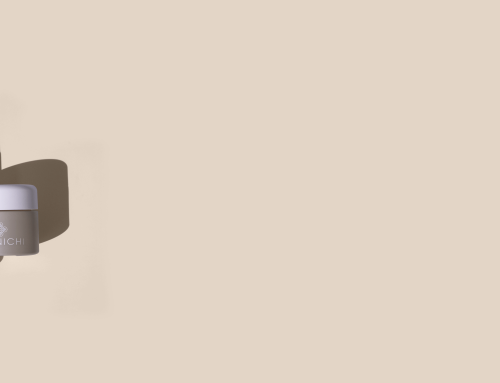
Leave A Comment